Related
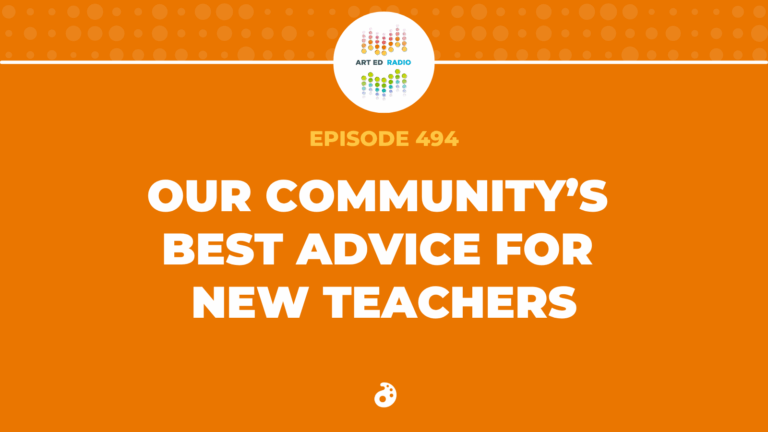
Podcast
Our Community’s Best Advice for New Teachers (Ep. 494)
In this episode of Art Ed Radio, Tim Bogatz is joined by Jen Leban from the AOE Community to share...
Learn More
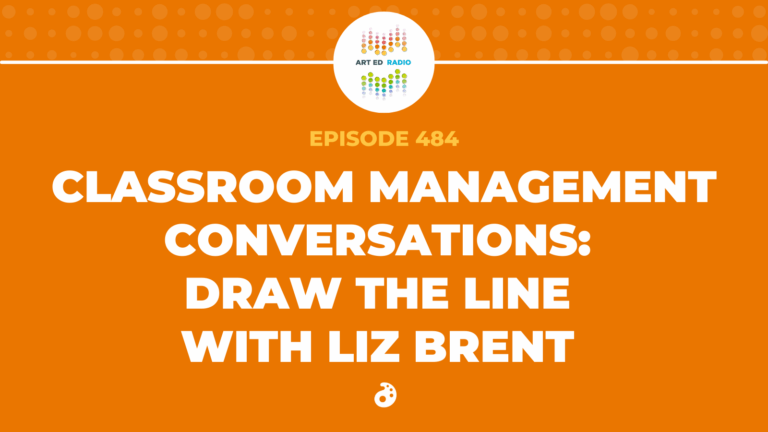
Podcast
Classroom Management Conversations: Draw the Line with Liz Brent (Ep. 484)
In this episode of Art Ed Radio, Tim talks with Chicago-area high school art teacher Liz Brent from AOEU’s Draw...
Learn More
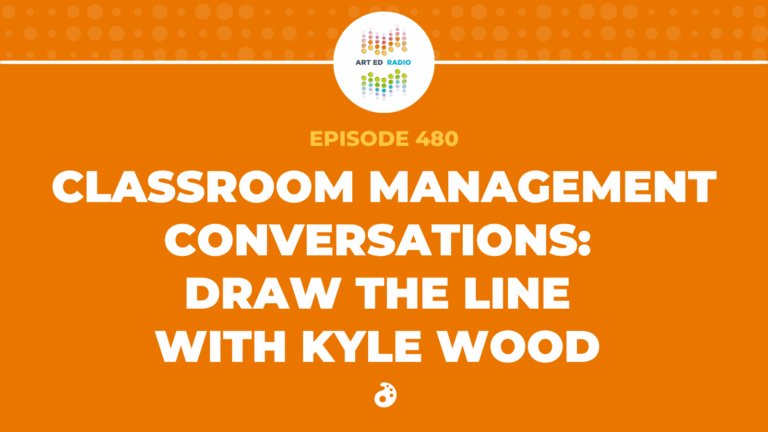
Podcast
Classroom Management Conversations: Draw the Line with Kyle Wood (Ep. 480)
Classroom management can feel overwhelming, but it doesn’t have to be complicated. In today’s episode, Kyle Wood joins Tim and...
Learn More
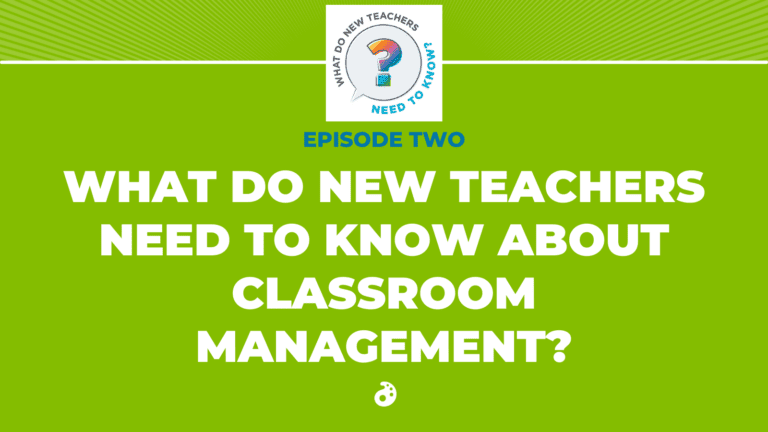
Podcast
What Do New Teachers Need to Know About Classroom Management? (Episode 2)
In the second episode of the What Do New Teachers Need to Know? podcast, Lindsey Moss joins Tim and Janet...
Learn More

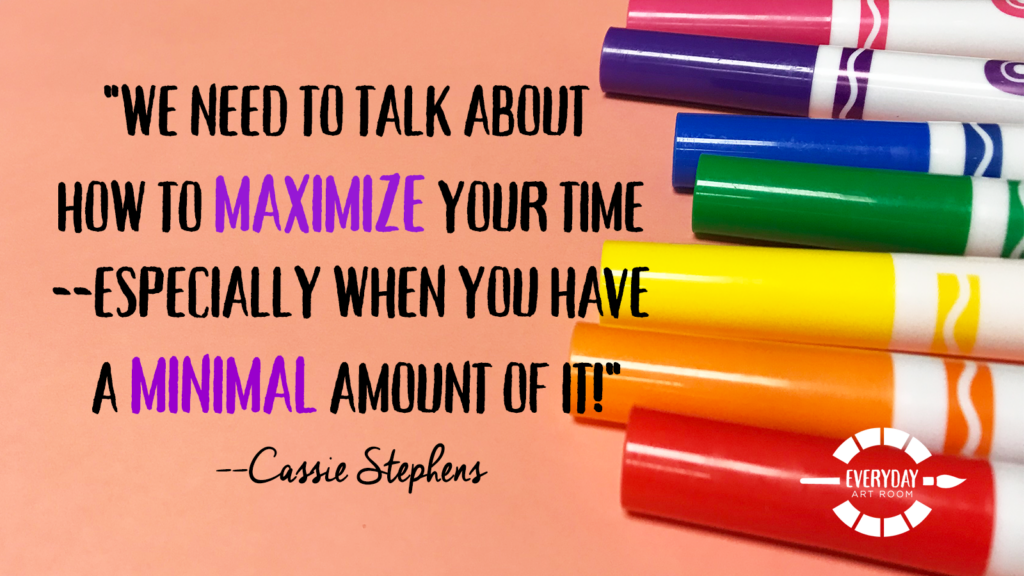
Far too often, we don’t have the time in our classes to teach everything we want. Or everything we need. So in this episode, Cassie will be sharing her best strategies to make the most of your limited time. Listen as she discusses giving kids the time they need to get into the creative process (3:00), why you need a word of the day (7:45), and the power of call and response (11:45). Full episode transcript below.